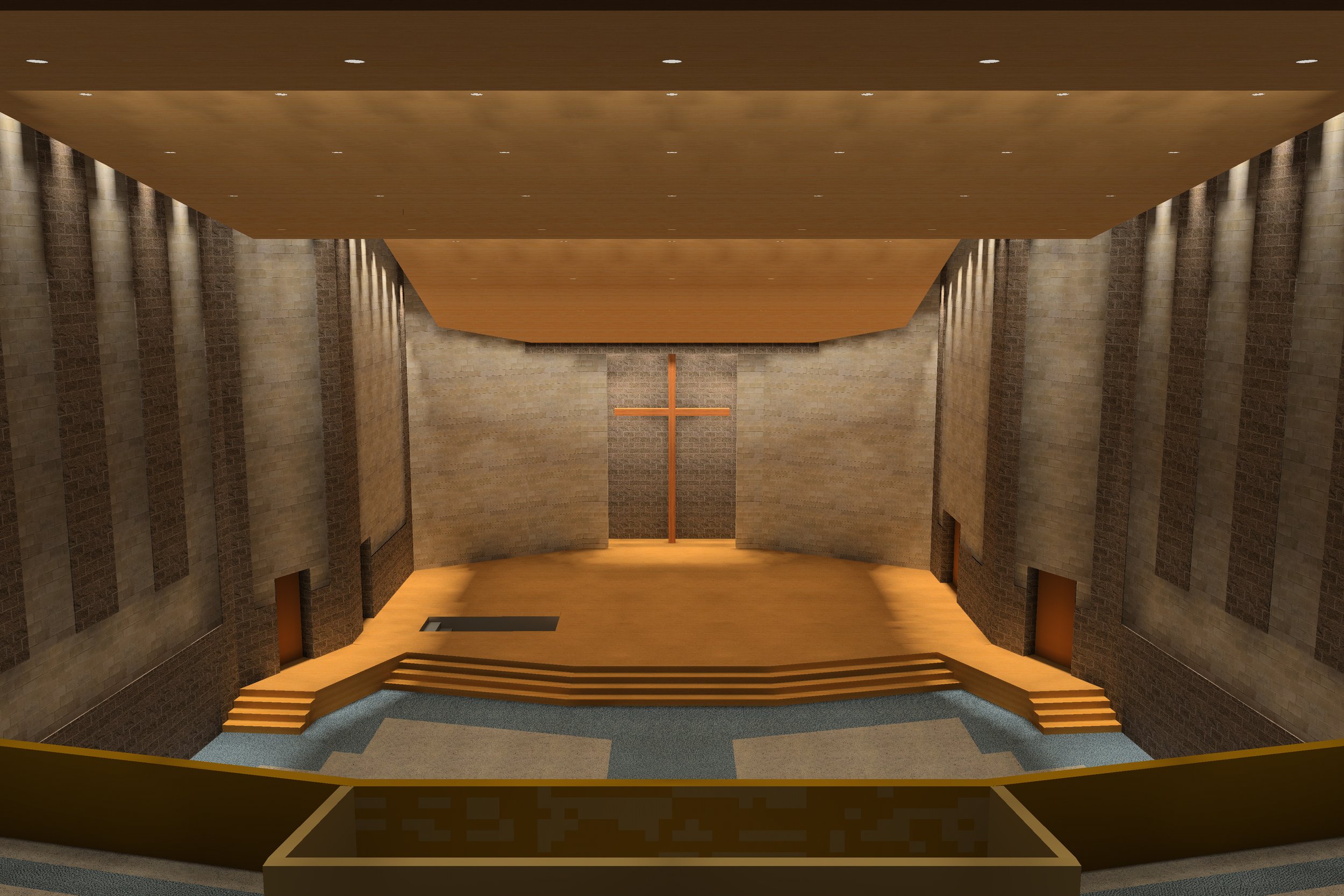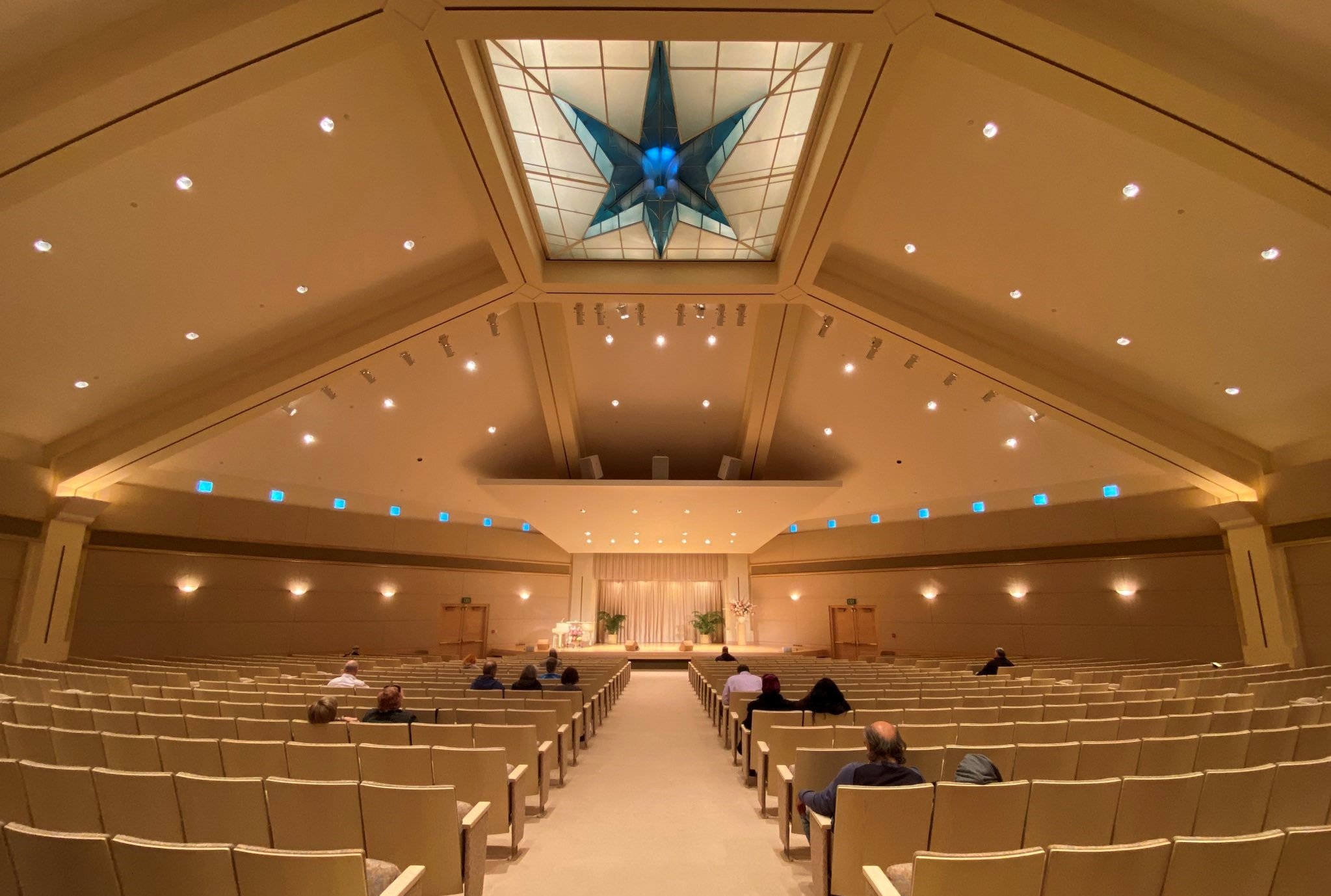Religious Architecture
“Every good building is a spiritual building”
- Steven J. Orfield
Orfield Labs has been consulting in spiritual and religious architecture for most of its history and has been involved with buildings representing many of the major faith traditions. Having completed nationally prominent research on studies of what people want a church to be like unconsciously rather than what their opinions reveal, the firm educates their clients on how to evaluate what the congregation really wants. The lab has completed buildings around the country, and some of those designs have accomplished substantial design without the cost of visiting the site. They have also been heavily involved in the design of religiously-founded colleges. An extremely important part of this work has been to recognize that many important members of congregations are the oldest members because they contribute most of the financial support and they are the most disabled visually and acoustically.

Maple Grove Covenant | Acoustics, Lighting, Daylighting, AV, Reshaping of Sanctuary

Our Lady of Hope | Lighting, Aircraft Noise, Acoustics, AV

Temple of Eck | Acoustics and AV
“In the last 40 years, as we have tried to answer the question of religious architectural design in the modern age, our most important discovery is that the modern movement has not resolved the spiritual questions about architecture and it certainly has not resolved the design quality issues. It would be hard to argue that the average modern church is a better example of design than traditional churches, and it would be even harder to argue that the modern church provides a more spiritual environment for worship. As we have abandoned the metaphors of traditional design, we have yet to explore the value of those metaphors to develop a new set for the modern era.
We used to walk into a church and hear the reverberation, smell the stone, feel the daylight penetrating the stained glass, and we often felt the mystery and transcendence of the space. As we listened to the music and the silence, we moved through the contrasts of an intentional gathering and the energy of the silence.” (Excerpt from Faith and Form)
Articles